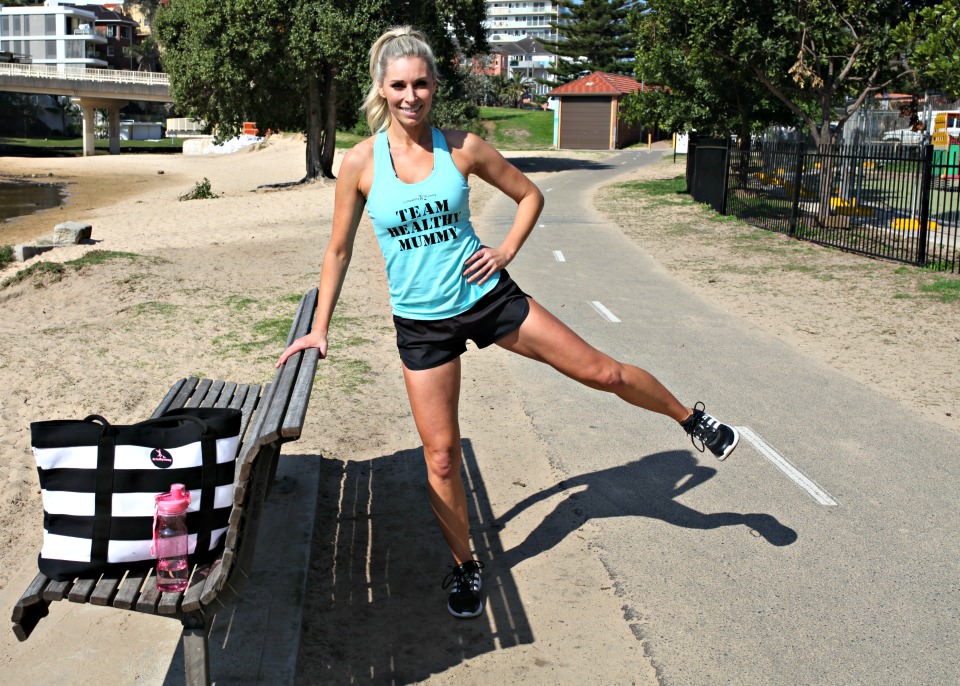5 Common Exercise Injuries And How You Can Still Work Out With Them
Marissa Nieves, Fitness Expert from the 28 Day Weight Loss Challenge has shared her top tips about exercising when you have injuries.
Can you still work out it and what could you do instead?

We often opt for rest when we experience a physical injury, however there may be supportive movement that can be performed as the body recovers.
While pushing through some types of exercise with an injury can cause more damage, physical therapists often suggest performing gentle and supportive movement to aid strength and flexibility while the body is recovering.
If the area of concern calls for complete rest for a period of time, there are often other areas of the body that can still engage in some form of exercise and often aid rehabilitation.
5 common injuries and ways you can still exercise with them:
1. Lower Back Pain
Lower back pain occurs for a wide variety of reasons. It may be caused by nervous system issues, muscular strains, boney structure or soft tissue injuries. If you suffer from lower back pain, you may wish to avoid high impact exercises such as running or jumping, as well as compacting exercises such as heavy lifting or anything that causes pain.
Core control and strengthening exercises such as pelvic tilts and reverse crunches may help to remove pressure from the lower back and strengthen your torso.
Walking, underwater swimming, cycling and pilates can all help to stretch and move the muscles and joints without adding extra pressure to the lower back.
Always ensure you are wearing correct footwear for your chosen activities and refrain from any exercises that aggravate your back or cause you pain.
2. Shoulder Injuries
Shoulder injuries commonly relate to overuse of the joint, impingement of the tendons surrounding the rotator cuff muscles or inflamed bursa.
If you are suffering from a shoulder injury or shoulder pain, you may still be able to perform lower body weight exercises such as squats, leg lifts and lunges.
Avoid overhead weighted exercises or exercises that put added strain on the shoulder joint such as push ups and shoulder abduction.
If the joint allows for some functional movement, working the chest and upper back may help to improve posture and reduce any extra strain on the neck and shoulders. Standing row or reverse fly exercises that target the shoulder blade and stretches that open up the shoulder joint may help to alleviate pain and restore postural imbalances.

3. Repetitive Strain Injury
If you are suffering from any type of overuse or repetitive strain injury in the wrist/forearms, you may wish to avoid any exercises that put direct pressure on the tendons and ligaments.
Exercises such as push ups, planks, burpees, mountain climbers or other prone positions that involve excessive bending at the wrist should be avoided. Instead, choose supine exercises for strengthening the torso such as bridge fly, chest press or tricep extensions keeping the wrists straight.
In the case where the pain is severe or it is suggested to refrain from weighted exercise, overhead stretching or elongated mat stretches may help to open the joints and encourage healing. Of course, you may still be able to engage in workout activities that isolate the lower body and core such as step ups, leg lifts, squats, lunges and pilates mat exercises.
4. Shin Splints
Shin splints refer to pain that occurs along the inner edge of the tibia. The pain is common among new exercisers and athletes alike and often relates directly to foot position, muscular imbalances or excessive training that causes tight calves.
Intense exercise that the body is not accustomed to can lead to inflammation of the muscles and tendons at the tibia attachment. If you suffer from shin splints or shin pain, you may wish to avoid running for a period of time and then begin again slowly.
Often shin splints occur from overuse at the beginning of an exercise program when the body is not properly warmed up or is not accustomed to the intensity of the exercise. For a short period of time prior to starting back running or intense lower body exercises, you may like to use floor exercises such leg circle or leg lift movements, upper body cardiovascular training or low impact exercises such as swimming or riding to properly prepare the lower body for the new exercises to come. All of these exercises combined may also help to avoid further injury when you do start back your training program.

5. Ankle Injuries
Ankle injuries are commonly caused by ankle rolls or an awkward twisting of the ankle, tearing ligaments or tendons. If you are experiencing an ankle strain or sprain, choose to refrain from impact activities such as running or jumping until your injury is healed.
In the meantime, focus more on upper body exercises that reduce weight bearing such as swimming, bike riding and ankle flexibility exercises that increase the range of motion in the ankle. You may also like to focus on upper body mat workouts or simply non-weight bearing exercises such as mat pilates.
In addition to using supportive movement to increase circulation, strength and flexibility, there are a number of other activities that have shown significant positive effects on performance and recovery. In addition to your workouts, you may also like to consider your nutrition, hydration, sleep patterns and other recommended treatments that may support your recovery such as hot and cold therapy or massage.
For more exercise tips, routines and videos click HERE.




